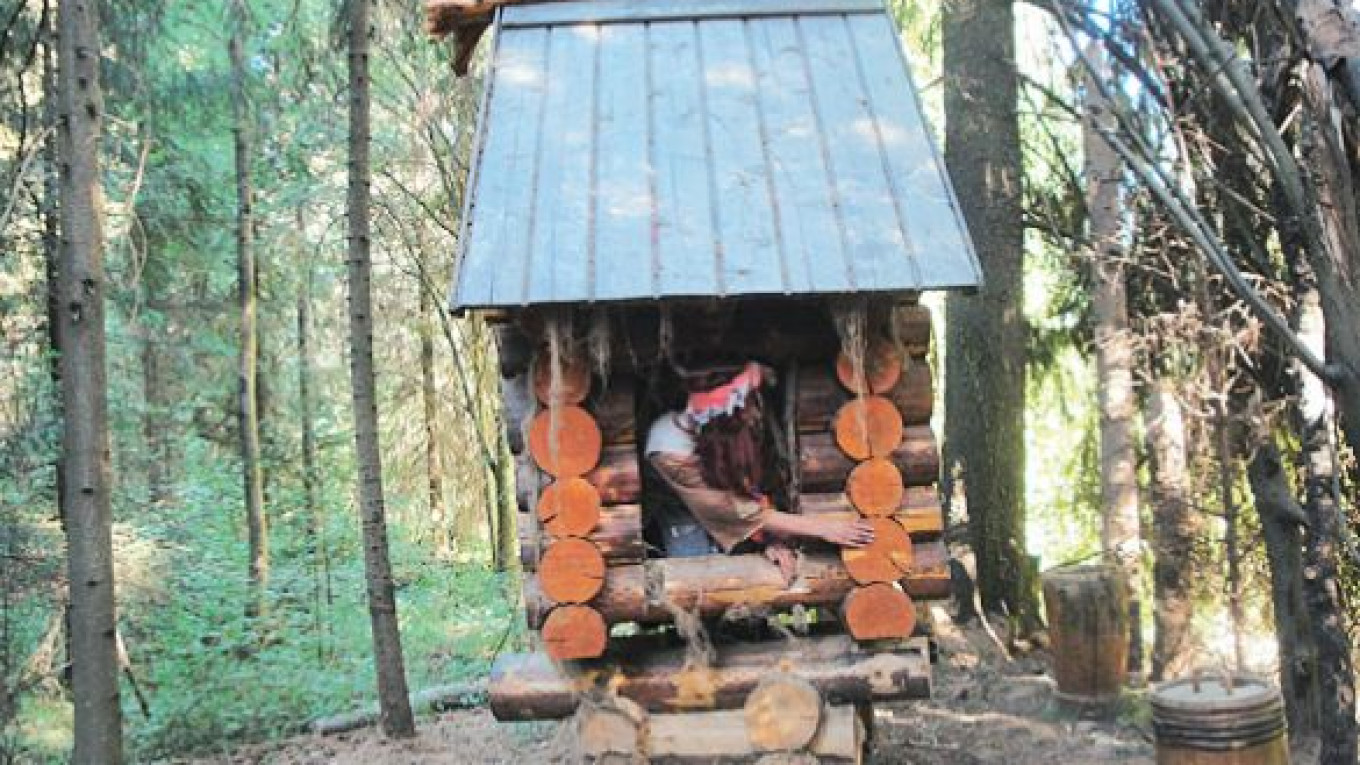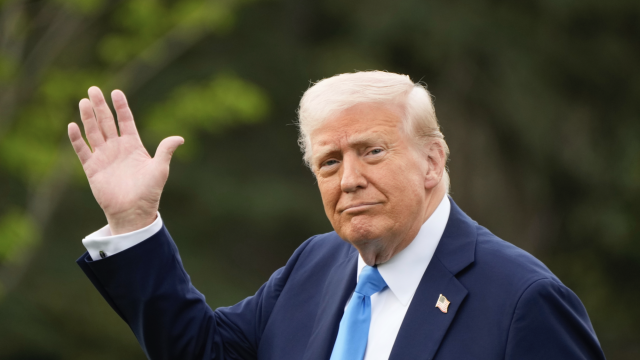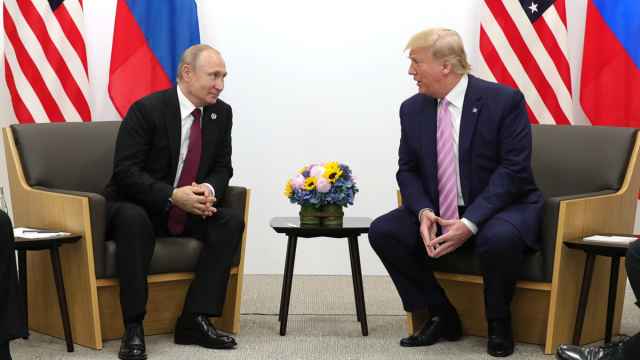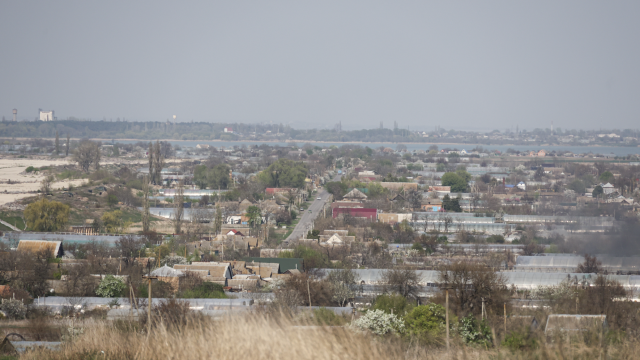KIROV — If there is one social function you can't miss this year, make it Baba Yaga's birthday.
First of all it's bound to be a hoot since the old witch lives in a hut that roams the woods on two fabulous chicken legs and reportedly has a fantastic banya. Plus, the Yaga is known to have bouts of bad temper and a questionable diet — which includes humans — so it's best not to upset her.
The iconic Slavic fairytale character, Baba Yaga, will celebrate her birthday on June 29 in Kukoboi, Yaroslavl region. The tiny village is pinned as Yaga's official hometown on the Fairytale Map of Russia, which points to the birthplaces and residences of the country's lavish variety of noble, dashing and simply mischievous folklore characters.
The Fairytale Map of Russia was presented in 2010 and has since attracted attention from authorities as a way to promote tourism.
The Fairytale Map of Russia was presented in 2010 as an independent initiative and has since attracted attention from regional and federal authorities as a way to promote tourism into the rarely visited corners of the country. But despite this growing interest, key ingredients are still missing from the magic tourism potion — camaraderie and funding.
"People are apprehensive about new ideas in our country," said Alexei Kozlovsky, creator of the Fairytale Map. "The Culture Ministry and the Federal Tourism Agency are reacting to the idea with delight, but their support doesn't go beyond an emotional one."
Despite the challenges, fairytale enthusiasts are forging ahead, putting new characters on the map, building them official residences and organizing themed festivities.
The World Fairytale Games took place in Kirov first in May 2012 and again on June 1 this year. Twenty-two folklore characters from across Russia, as well as some guests from Italy, the Netherlands, France and Belarus competed in the 2012 heptathlon, which included croquet, tossing a magic ball of yarn and running on "unknown paths."
The Winter Fairytale Games will open in Buryatia on Feb. 1, 2014 and will feature humorous parodies on biathlon and curling. The participants are also planning to create an imposing greeting card with wishes for the athletes who will compete in the Olympic Games in Sochi.
Mapping a Fairytale
The idea to draw a map of Russia's magical places came to Alexei Kozlovsky in 2009 while he was playing a popular intellectual game "What? Where? When?" with his friends over Skype. One of the questions they asked each other in the course of the game was which national fairytale character could become the face of Russian tourism.
The first to come to their minds were Russia's counterpart to Santa Claus, Ded Moroz (Father Frost); his niece Snegurochka (Snow Maiden); Levsha, a left-handed arms craftsman from Tula who is famous for putting horseshoes on a tiny flea; the bogatyrs Alyosha Popovich and Ilya Muromets, and the musician Sadko.
Kozlovsky went on to expand this list of characters and put them on a map, which he presented on the eve of 2011 through the media connections he got after working with the Moscow government.
Letters started coming in from across Russia and the idea was taken up in different regions.
The map now has more than 38 characters from over 27 regions, including ones popular among Russia's ethnic minorities. Some locations are more well-known, such as Ded Moroz's residence in Veliky Ustyug, which welcomes 5,000 to 10,000 tourists daily during the New Year holidays, while other cities are just starting to piece together their fairytale infrastructure.
One example of such work started from scratch is Fairy Tale Park (Zapovednik Skazok), launched by travel agency Letuchy Korabl in Kirov in 2005. A tourist strolling through the grounds of the park can visit fairytale residences, such as female house spirit Kikimora's grand wooden house or the humble lair of woodland spirit Leshy, as well as a museum of magic artifacts.
Lively characters stroll the mysterious woods and lure passersby into their interactive programs. Just watch out for Baba Yaga. Her version of a good time includes forcing people to walk over a burning bridge.
But before the regional authorities or entrepreneurs can start such projects, they are advised to find a local character around which to build their fairytale brand, and that is no easy feat.
Bidders have to prove that the fairytale writer either lived or had some links to the city, Kozlovsky explained. As such, the efforts of some Siberian towns to register best friends Kai and Gerda from Hans Christian Andersen's "The Snow Queen" had to be rejected.
Cities have even clashed on some occasions in their eagerness to host a particular character.
The perseverance of Ulyanovsk's enthusiasts to prove that the city is not only the birthplace of the Soviet leader Vladimir Lenin but also of Kolobok, the animated ball of dough who meets an untimely end, shook up diplomatic relations between Russia and Ukraine in 2011. To make matters worse, the countries also fought about the birth places of Ilya Muromets and Kurochka Ryaba, a hen that lays a golden egg.
"Before Russia and Ukraine fought over gas. Now we fight over fairytales," Kozlovsky said.
On a different occasion Kozlovsky received a letter from angry Orenburg library workers, complaining that Ufa was unjustly named the hometown of the magic scarlet flower from an adaptation of the Beauty and the Beast written by Sergei Aksakov. They argued that although the fairytale author Sergei Aksakov was born in Ufa, he spent his childhood in Orenburg region. Kozlovsky wrote the library workers a cordial letter, but didn't receive a reply.
Some cities are so eager to get on the Fairytale Map that they invent new characters. In Sharye, the second-largest city in Kostroma region, hedgehog Gosha has emerged as the central figure in the local rebranding efforts. One of Gosha's most serious competitors was the One-Eyed Likho, an embodiment of evil either in the form of a male giant or a tall skinny woman. However, Likho's bid failed because the jury didn't want the symbol of the city to be a villain.
Baba Yaga was met with similar opposition when she officially settled in Kukoboi nine years ago. Local authorities and clergy joined forces against Yaga and threatened to stop tours to the city until the evil spirit is eradicated.
"There was a hurricane and all trees by the river were leveled after Baba Yaga's dancing orgies. The fact is confirmed historically and taken note of in the newspaper," Oleg Kudryavtsev, district council deputy, told NTV in 2008.
However, Yaga's supporters claimed that her arrival has helped to lower the village's unemployment rate and mobilized locals to clean up the streets. The conflicting parties ultimately agreed that the fairytale excursions would be allowed if tourists started their visit to Kukoboi with a stop at the village church and thus "cleansed" went on to party with Baba Yaga.
Finding the Magic Sponsor
Fairytale tourism is seen as a promising sector, especially as a way to promote travel within the country. But although the federal ministries have shown an interest in the Fairytale Map, this interest doesn't go beyond a few encouraging nods, Kozlovsky said.
The Culture Ministry, which oversees tourism, has not made any official proposals to support the map while Kozlovsky said this funding would be critical for realizing the project's potential.
"If there is no federal support by 2014, we'll have to go to a rich foreign investor," Kozlovsky said.
Moscow's confectioners and an international soft drink manufacturer have already expressed an interest in funding the project, but Kozlovsky said he would wait to see if the Russian government or companies change their mind.
"It would be regrettable if a foreign company got the map and not ours," he said. "Then again, what can you do?"
Kozlovsky said a good way to develop fairytale tours was to make them part of broader tourism to the regions. The magic residences themselves might not be a draw for people, but they could be part of the experience — maybe even the best part, he said.
Kirov region has seen the benefits of fairytale tourism after hosting a wedding between Kikimora and the Domovoi Yegor Kuzmich in May 2011. The mock event got a lot of publicity and a year later the city held its first World Fairytale Games.
Now fairytales are changing the identity of the city.
"In Soviet times people liked to visit us for the furs," said Alexander Galitskikh, deputy prime minister of the Kirov region. "Then, in the 1980s, a Kirov factory made the first automatic washing machines, then people came for mushroom picking and the Dymkov toys. Now people come for Kikimora as well."
But some disagree on how enticing fairytale tourism can be. Sergei Mindelevich, a member of the Tourism Academy and editor-in-chief of the tourism newspaper Volny Veter, said children's tour operators were often unable to take their young clients to the fairytale destinations because they were not equipped with sufficient infrastructure.
Head of the Letuchy Korabl tour company, Olga Lobastova said one of the barriers for developing "Zapovednik Skazok" was the fact that they still had to rent the land and did not have long-term guarantees from government authorities that they would not be evicted from the grounds.
Contact the author at e.smirnova@imedia.ru
Related articles:
A Message from The Moscow Times:
Dear readers,
We are facing unprecedented challenges. Russia's Prosecutor General's Office has designated The Moscow Times as an "undesirable" organization, criminalizing our work and putting our staff at risk of prosecution. This follows our earlier unjust labeling as a "foreign agent."
These actions are direct attempts to silence independent journalism in Russia. The authorities claim our work "discredits the decisions of the Russian leadership." We see things differently: we strive to provide accurate, unbiased reporting on Russia.
We, the journalists of The Moscow Times, refuse to be silenced. But to continue our work, we need your help.
Your support, no matter how small, makes a world of difference. If you can, please support us monthly starting from just $2. It's quick to set up, and every contribution makes a significant impact.
By supporting The Moscow Times, you're defending open, independent journalism in the face of repression. Thank you for standing with us.
Remind me later.






